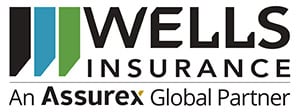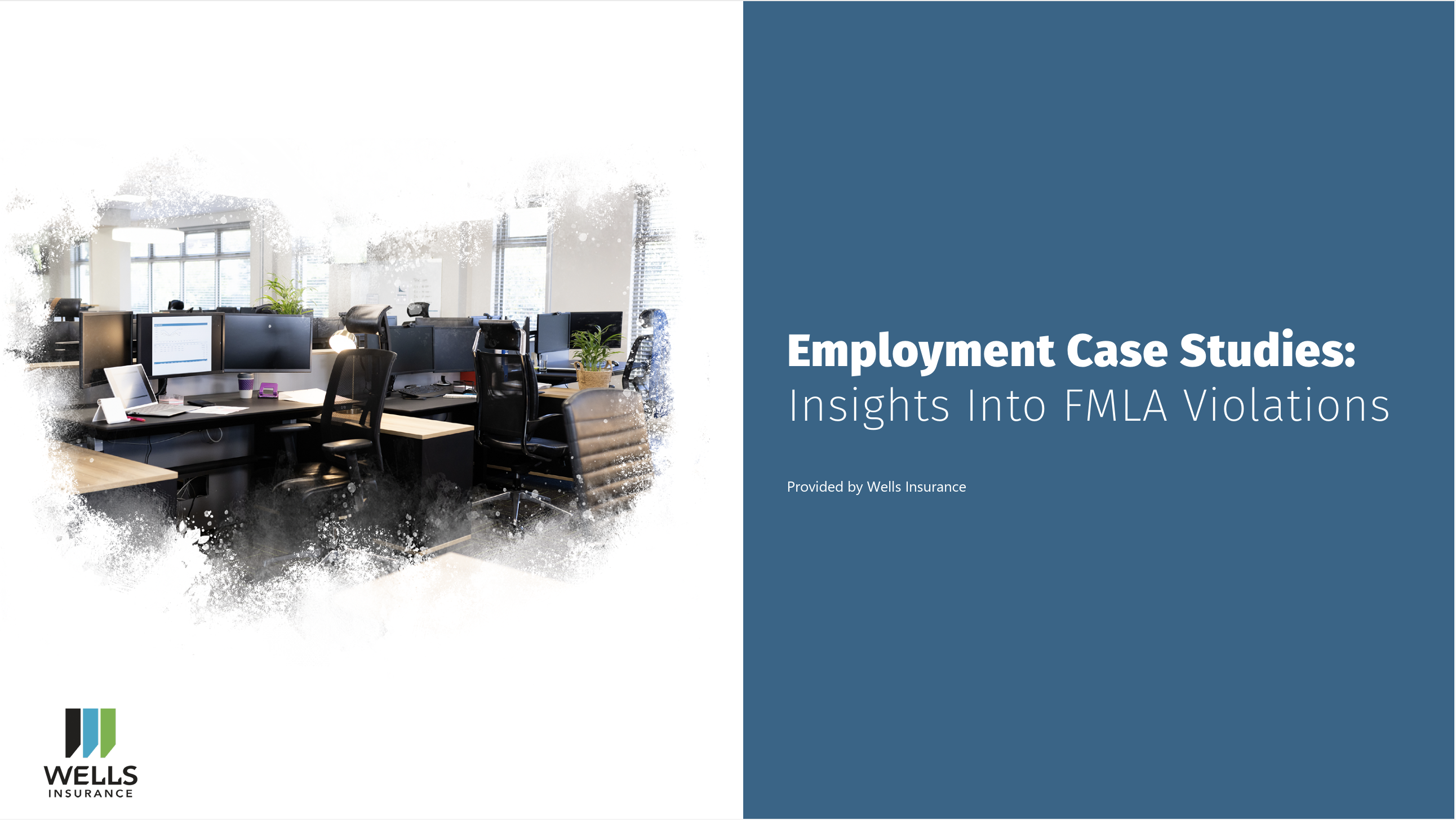What’s Ahead for the Employment Practices Liability Insurance Market

As we continue to progress through 2020, it is becoming more clear that the insurance market is “hardening.” In other words, the insurance industry is expecting to see an overall rise in premium costs for most businesses this year. Some of these increases in premium rates will be pretty significant, too.
There are a number of factors influencing the rising rates within the insurance market, including catastrophic losses, inconsistent underwriting profits, eroding investment returns, the economy, the cost of reinsurance, and more. There are also factors that specifically impact your insurance rates, like the coverage you’re seeking, the size of your business, the industry that you operate in, the location of your business, your claims history, and more. Learning about which of these factors could be influencing your insurance costs is beneficial when trying to prevent significant increases in your rates.
At Wells Insurance, we want to provide you with helpful information and advice on how you can take action to help minimize any increases to your insurance costs as a result of the hardening insurance market.
Thanks to a Zywave report entitled “2020 Property & Casualty Market Outlook,” there are price predictions out there for the increase in rates that we might see in the near future. In regard to employment practices liability (EPL) insurance, the price estimations for 2020 rate increases are below.
2020 Price Prediction for Employment Practices Liability Insurance:
- Certain States & Industries: +5% to +25%
- Overall: +5% to +15%
Additionally, Zywave highlights “Trends to Watch” and “Tips for Insurance Buyers” in the document, which you can find below.
Trends to Watch for Employment Practices Liability Insurance:
- Increased litigation—While litigation for workplace harassment fell slightly in 2019 as compared
to 2018, overall levels of litigation for workplace claims are still at near-record highs. Additional
trends, such as an aging workforce, could further the volume of legal actions filed against employers. - State-level activity—In 2019, more than 20 states passed laws that expand employer liability
related to workplace incidents. Among other requirements, these new laws expanded
protections for victims of workplace harassment, created new training requirements for
employers related to sexual harassment, extended statutes of limitation and limited the use of
nondisclosure agreements. This trend is likely to continue for the foreseeable future as additional states consider similar measures. - Wage and hour enforcement—In 2019, we saw record levels of Department of Labor
enforcement for wage and hour violations. While EPL policies often exclude coverage for wage
and hour violations, standalone policies are available and may be appropriate for some larger
companies. Beyond insurance, employers should pay close attention to wage and hour rules on
a state, federal and local level. - Gig workers—In what’s referred to as a gig economy, employers are relying on independent
contractors and freelancers more than ever before. And while this reduces payroll costs and tax liabilities, it can also increase the risk of misclassification claims. Moving forward, it’s likely many
states will adjust their laws to discourage and prevent employee misclassification. What’s more,
additional states may consider laws like California’s Assembly Bill 5, which makes it easier for
independent contractors to claim employee status. - Possible COVID-19 fallout—Covid-19 has introduced a host of workplace issues that employers must consider. It’s yet to be seen if the fallout from the COVID-19 pandemic will lead to an uptick in lawsuits being filed against employers for issues related to wrongful termination or breaches of privacy.
Tips for Employment Practices Liability Insurance Buyers:
- Review your employee handbook and related policies. Ensure you have all appropriate policies
in place, including language on discrimination, harassment and retaliation. - Ensure you are compliant with any recent developments that affect how you manage your
workforce or create additional employment practices liability. - Investigate all claims of discrimination and harassment immediately, and administer discipline
and training as necessary. - Document all evaluations, employee complaints and situations that lead to employee
termination. - Pay particular attention to issues that could lead to wage and hour complaints.
For a more detailed look at the 2020 predictions for employment practices liability and other parts of the insurance market, check out the full Zywave report below.
https://www.wellsins.com/wp-content/uploads/2020/06/2020-Property-Casualty-Market-Outlook.pdf
Get a head start on evaluating how you can minimize your insurance costs by letting us take a look at your employment practices liability (EPL) insurance policy. Click here to contact us.


